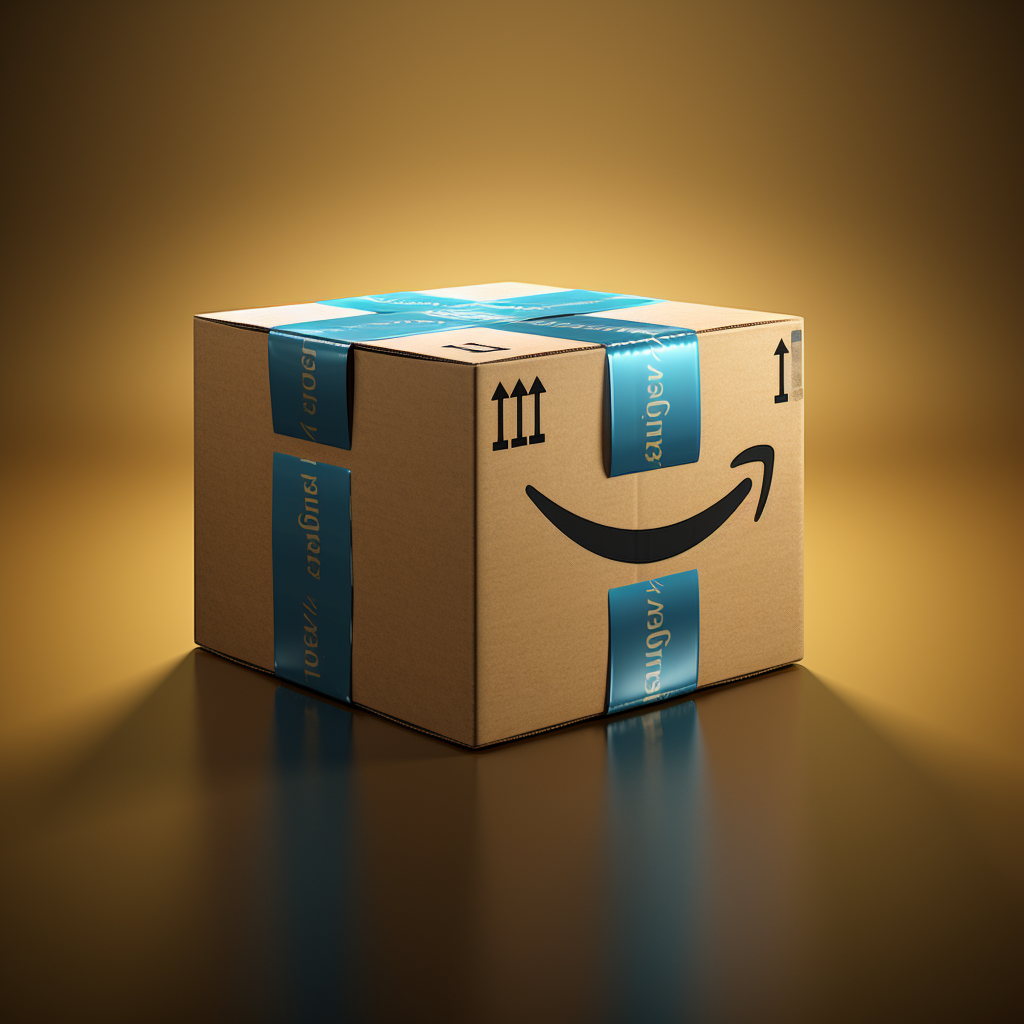
How Did Amazon.com Get So Big?
Introduction
Jeff Bezos started Amazon.com in 1994, when people did not know what online shopping was, let alone that it could be successful. Exactly 25 years later, Amazon is the world’s largest online retailer, with over 91 million active customer accounts worldwide. In 2018 alone, $211 billion of goods were purchased on Amazon and its subsidiaries, such as Prime Video and Audible.
Jeff Bezos Leadership
Jeff Bezos is the founder and CEO of Amazon. Forbes magazine has ranked him the wealthiest person in the world, with an estimated net worth of $137 billion as of March 2019. In addition to being an entrepreneur, Bezos also owns The Washington Post and Blue Origin (a space exploration company).
Innovative Business Model
Amazon is a retail company that sells various products, including books, clothing, electronics, music, and food. It was founded in 1994 by Jeff Bezos and is headquartered in Seattle.
Amazon’s business model has been described as one of the most innovative in modern history: it combines technology with logistics and payment processing to cut costs for itself and its suppliers while improving the customer experience through rapid innovation.
Customer-Centric Approach
Amazon is a customer-centric company. Customer experience, satisfaction, and feedback are significant to Amazon, which has built a strong reputation for providing excellent customer service. Amazon also uses customer reviews and ratings to improve its services, allowing customers to voice their opinions about products on the website.
Marketplace Strategy
Amazon Marketplace is an excellent way for small businesses to reach millions of Amazon customers. More than half of the products sold on Amazon are from third-party sellers.
Fulfillment Centers
Amazon has strategically placed its fulfillment centers to offer fast, efficient, and cost-effective delivery of goods to customers. Amazon operates over 100 fulfillment centers in the US and over 70 internationally.
The company’s decision to build these facilities near major population hubs was an important factor in its growth- and one that other online retailers have yet to be able to replicate.
Prime Membership
Amazon Prime membership offers a wide range of benefits to its users. The membership is free for the first year, and then it costs $119 per year after that. This fee includes 2-day shipping on eligible items, access to Prime Video (which has over 40,000 titles), Prime Music (with over 2 million songs), exclusive deals and discounts, unlimited photo storage in Amazon Cloud Drive, early access to Lightning Deals, and more.
Data-Driven Decision Making
Amazon is a data-driven company. It collects and analyzes data from multiple sources, including its website, mobile app, third-party sellers and other services (like Audible). This information is then used to make decisions about what products to sell and how to improve those offerings.
Amazon collects information on customer behavior using cookies–small files that contain bits of code that tell websites when you visit them as well as other sites around the web–and through tools like Alexa. The ecommerce giant uses this information to better understand what customers want so they can offer them better services and products in the future; it also helps Amazon decide whether or not someone should be allowed access into Prime membership benefits based on their purchase history alone!
Acquisitions and Expansions
Amazon has acquired over 100 companies since 2000, including online shoe retailer Zappos, video game streaming service Twitch and grocery chain Whole Foods Market.
Amazon has also acquired companies in a variety of industries, including retail, cloud computing and logistics; it acquired Audible Inc., an audio book provider for audiobooks on its Kindle devices; PillPack LLC., which provides prescription drug delivery; and Souq.com FZ-LLC., an online marketplace based in Dubai.
Amazon Web Services (AWS)
Amazon Web Services (AWS) is a cloud computing service that provides on-demand compute power, storage, databases and other services. Amazon has built its business around AWS, which contributes to more than 60% of its operating income.
Amazon started working on AWS in 2004 as an internal project called “C2” and later renamed it Elastic Compute Cloud (EC2). This was followed by other services like Simple Storage Service (S3), DynamoDB and Lambda (serverless computing).
In 2016 alone the company added over 1 million new customers for AWS; this number includes both existing customers who add additional capacity or migrate their workloads from another provider as well as new ones coming onboard for the first time.
Technology and Innovation
Amazon is one of the first companies to use AI and machine learning in its business. For example, it uses these technologies to recommend products based on customer preferences. Amazon has also been a leader in developing drones for delivery, which could help bring down costs and make online shopping even more convenient.
Amazon uses blockchain technology to track items as they move through its supply chain–from warehouses all over the world back again–and ensure that customers receive them quickly and safely (and get refunds if something goes wrong). And it’s working hard on cloud computing (or storing data remotely), which lets businesses access software programs over the internet instead of installing them on their own computers or servers at home or work; this makes it easier for smaller companies who don’t have much money available right now but might want something later down the line.”
Supply Chain Efficiency
The first and most obvious reason for Amazon’s success is their supply chain efficiency.
They have a centralized distribution center model, which means that all products are shipped from one central location to the consumer. This makes it easier to manage inventory, as well as keep track of where every item is in the system at any given time. The company also uses automated systems for its warehouse operations–for example, robots move shelves around so employees don’t have to lift heavy boxes manually when stocking them on shelves or moving them into storage areas.
In addition to this level of automation within its warehouses, Amazon has also developed software programs that help them manage inventory more effectively than competitors do (which allows them an advantage when negotiating prices with suppliers). They’ve also made sure that they have enough space available at each facility so they can scale up quickly if needed; if sales increase dramatically due to an unexpected event like Black Friday shopping frenzy or Prime Day deals promotions then there won’t be any bottlenecks holding back delivery times because everything has been prepared ahead of time!
Digital Transformation
Amazon is transforming itself into a technology company. It’s building out its cloud services, it’s investing heavily in AI and machine learning, and it’s using those technologies to improve its customer service, supply chain operations and logistics.
Amazon brought its Alexa voice assistant to India earlier this year — the first time it has been available outside North America — with plans for additional countries later this year or early next year. The company also recently launched its second-generation Fire TV Stick media streaming device which includes support for 4K Ultra HD content as well as an updated version of its Fire OS operating system (OS).
The success of Amazon.com is attributed to its distinctive business model, superior services and innovative technologies.
Amazon.com is a global e-commerce company that was founded by Jeff Bezos in 1994. The company sells millions of products through its online store, including books, electronics, clothing and toys. Amazon has become the largest online retailer in the world because it offers customers many advantages over traditional brick-and-mortar stores:
- It has a wide selection of products at competitive prices.
- Customers can search for any product they need using the keyword search bar or browse through categories such as “Best Sellers” or “Top Rated.” They can also purchase items based on customer ratings and reviews left by other shoppers who have purchased similar items before them (this feature is called “Amazon’s Choice”).
Conclusion
Amazon.com is a global leader in e-commerce, retail and technology. It has revolutionized the way people shop online by offering fast delivery, convenient return policies and a wide selection of products at competitive prices. The company has also made significant investments in advertising, customer service and fulfillment centers to ensure that every customer gets an optimal experience while shopping on its platform.



